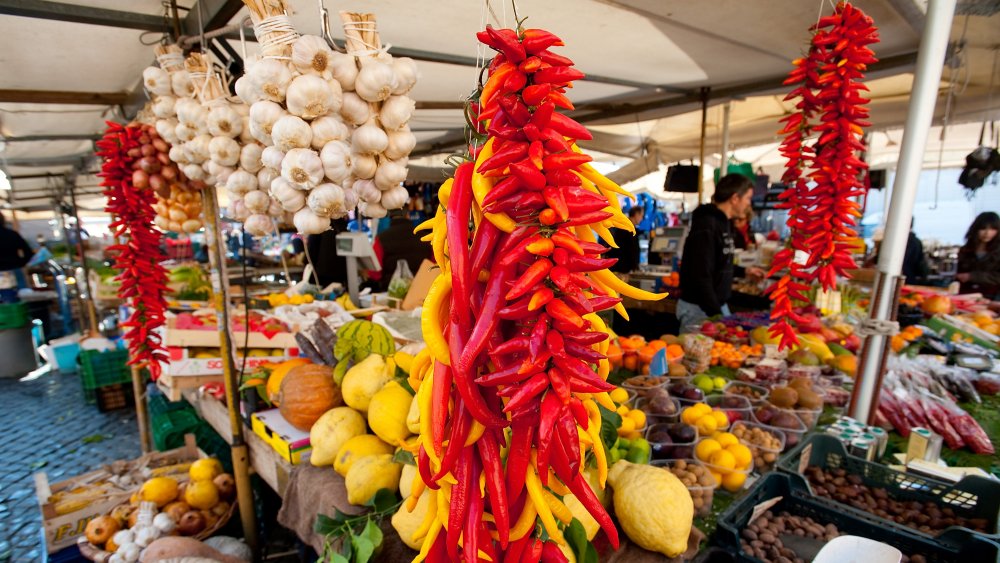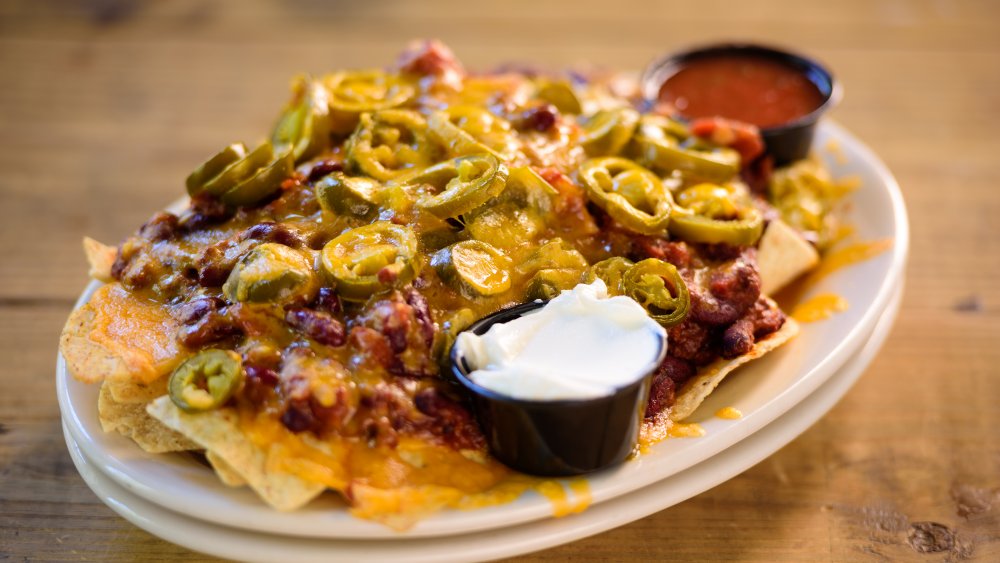Crave spicy food – Embark on a tantalizing journey into the realm of spicy food cravings, where taste buds ignite and cultural influences dance. From the fiery heat of chili peppers to the aromatic warmth of ginger, let’s explore the physiological, cultural, and culinary dimensions of this culinary obsession.
Unravel the science behind our insatiable desire for spicy flavors, delving into the biological mechanisms that drive these cravings. Discover how capsaicin and other compounds interact with our bodies, stimulating a symphony of sensations.
Physiological Basis of Spicy Cravings

Spicy food cravings stem from complex biological mechanisms that involve the interaction of various compounds with the body’s sensory receptors.
The primary driver of spicy cravings is capsaicin, a compound found in chili peppers. Capsaicin binds to receptors in the mouth and throat, triggering a burning sensation that activates the body’s pain response. This pain signal is then transmitted to the brain, where it is interpreted as a pleasurable sensation.
Role of Capsaicin
Capsaicin stimulates the release of endorphins, which are natural painkillers that produce a sense of euphoria. Additionally, capsaicin triggers the release of adrenaline, which increases heart rate and blood pressure, contributing to the “rush” experienced when consuming spicy foods.
Other Compounds
Besides capsaicin, other compounds in spicy foods, such as piperine (found in black pepper) and gingerol (found in ginger), also contribute to the spicy experience. These compounds activate different receptors in the body, resulting in a range of sensations, including warmth, tingling, and numbness.
Cultural and Regional Influences

Cultural factors play a significant role in shaping spicy food preferences. Different cultures have varying attitudes towards spicy cuisine, influenced by factors such as religious beliefs, historical events, and social norms.
In some cultures, spicy food is highly valued and considered a symbol of strength and virility. For example, in many parts of Asia, chili peppers are widely used in cooking and are seen as an essential ingredient. In contrast, in other cultures, spicy food may be perceived as unpleasant or even harmful, leading to a lower prevalence of spicy cuisines.
Influence of Climate, Geography, and Culinary Traditions
Climate, geography, and culinary traditions also contribute to the prevalence of spicy cuisines. In warmer climates, where fresh produce is readily available, spicy foods are often used to preserve food and prevent spoilage. Additionally, in regions with a long history of spice cultivation, spicy flavors have become deeply ingrained in local culinary traditions.
- In tropical regions, where temperatures are high and humidity is prevalent, spicy foods help promote sweating, which can provide a cooling effect.
- In mountainous areas, where temperatures can fluctuate dramatically, spicy foods can help regulate body temperature and provide warmth.
- In coastal regions, where access to fresh seafood is abundant, spicy flavors can complement the delicate flavors of fish and shellfish.
Health Implications of Spicy Food Consumption

Consuming spicy foods can have a range of health implications, both beneficial and adverse. Understanding the potential effects of capsaicin, the active component in chili peppers, is crucial for making informed choices about spicy food consumption.
Potential Health Benefits, Crave spicy food
- Increased Metabolism:Capsaicin has thermogenic properties, which means it can increase the body’s metabolic rate, potentially leading to increased calorie expenditure and weight loss.
- Reduced Inflammation:Capsaicin has anti-inflammatory properties and may help reduce inflammation throughout the body, which is associated with various chronic diseases.
- Improved Cardiovascular Health:Some studies suggest that capsaicin may have beneficial effects on cardiovascular health, such as reducing blood pressure and improving cholesterol levels.
Potential Adverse Effects
- Gastrointestinal Issues:Consuming excessive amounts of spicy foods can irritate the digestive tract, leading to symptoms such as heartburn, indigestion, and diarrhea.
- Allergic Reactions:In rare cases, individuals may experience allergic reactions to capsaicin, which can manifest as skin rashes, swelling, or difficulty breathing.
- Interactions with Medications:Capsaicin may interact with certain medications, such as blood thinners and anti-inflammatory drugs, so it is important to consult a healthcare professional before consuming large amounts of spicy foods if taking medications.
FAQ Overview: Crave Spicy Food
Why do I crave spicy food?
Spicy cravings are driven by a complex interplay of biological and cultural factors. Capsaicin, a compound found in chili peppers, stimulates the release of endorphins, creating a pleasurable sensation that can lead to cravings.
Is eating spicy food healthy?
In moderation, spicy food consumption can offer certain health benefits. Capsaicin has been shown to boost metabolism, reduce inflammation, and improve cardiovascular health.
How can I develop a tolerance for spicy food?
Tolerance to spicy food can be gradually developed over time by exposing your taste buds to increasing levels of heat. Start with mild dishes and gradually work your way up to hotter ones.
